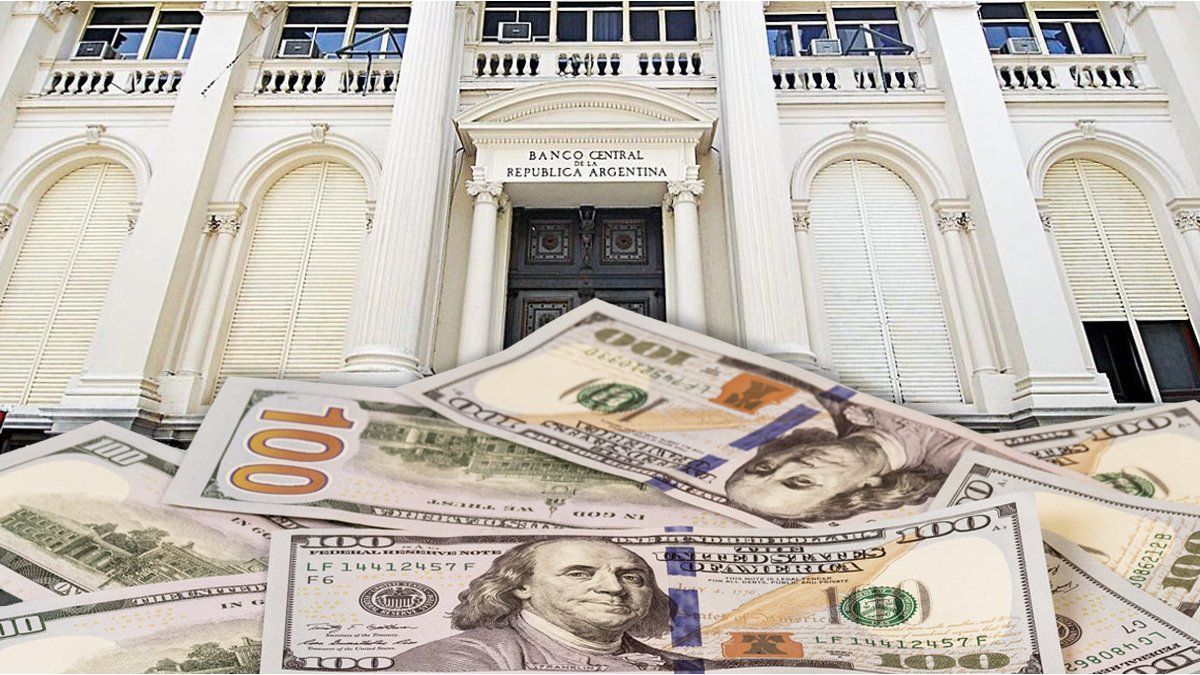Bimonetarism causes the dollar price to set the pace for devaluation expectations and the social climate adjusts to the consequences. After the devaluation, the Government recalibrated the intervention strategy to contain the exchange gap. The fact is that the currencies used equals 80% of the trade surplus and surpasses what Sergio Massa and Martín Guzmán delivered as ministers.
The estimate comes from the consulting firm Centro Periferia, which understands that the “oversupply” of dollars, in the face of situations that could have meant a setback (withdrawal of the omnibus law or rejection of the DNU in the senate), was able to contain quotes.
The mechanisms that CP detects to contain the exchange gap are two: the Export Increase Program (PIE), and the support of dollar settlement coming from the tourism and consumption in card of foreigners in the financial market (MEP dollar). This exchange gap control mechanism implies that a significant portion of dollars that “could be purchased by the BCRA, will meet private demand in the financial markets”.
The combination of these two mechanisms supplies the parallel market with a supply of dollars of around US$1,300 million monthly. In turn, the consulting firm estimates that, given the maintenance of the CNV’s operating restrictions, a demand of between US$900 – US$1,200 million per month is channeled.
The magnitude of the supply of dollars focused on the financial front is greater than the intervention of the former Ministers of Economy Martín Guzmán and Sergio Massa.
According to the consultant, although the intervention method was the sale of dollars to the BCRA director, this mechanism represented an average sale of US$192 million monthly (with peaks of US$400 million between 2020-2021) and an average of $667 million per month respectively, (with peaks in the 2023 electoral period of US$1.8 billion).
“Sacrifice monthly the amount deposited by Luis Caputo’s economic team to contain the gap.”It would erode the accumulation process when the contributions of the almost US$2,750 million on average that the commercial debt has been contributing to are no longer available, despite the appearance of the liquidation of agricultural dollars.”CP warns.
In turn, when annualizing the records of dollars that would be poured into the parallel markets, it gives a total of u$s 16,422 million, a figure that not only represents the 80% of the trade surplus project for 2024, but is aligned with the levels of demand for the formation of external assets (FAE) of the economy in “normal” years of exchange liberalization, as defined by the consulting firm.
For the director of the consulting firm, Pablo Moldovan, in the previous management the liquidation of agriculture was seen weak due to the expectation of devaluation. At the same time, he remembers that, in Massa’s time, “it is a mechanism that came to an end, the special exchange rate (soybean dollar) prevailed.”
A priori, Centro Periferia finds three limitations to the intervention policy. As long as the Government agrees to transfer to the CCL and MEP dollars amounts similar to those that the FAE would demand when it seeks to open the stocks, “Some specialists have to advocate the elimination of controls”.
In this sense, it is worth pointing out two arguments that could hinder the Government from moving in that direction. First, the economic agents that are currently restricted to the acquisition of foreign currency in the MUCL, They could start suing them this way. Secondly, under the current scheme the government “is in a position to reduce the amount of dollars it decides to allocate to parallel without affecting the official exchange ratewhich would not be verified in the case of the opening of the stocks,” warns the consultant.
On the other hand, we should not lose sight of the fact that the government is in a position to pour that amount of dollars into the parallel markets in a year where “the normalization of the harvest, the accumulation of new commercial debt and the recession allow it”. For CP, nothing guarantees that these circumstances will be replicated in 2025, facing an electoral year, where the dollarization of portfolios usually increases.
In any case, in the short term the amount of dollars that the scheme demands raises doubts about its sustainability. “Maintaining it would imply reducing the amount of reserves that the BCRA can accumulate and removing the possibility of the exchange and monetary reform that the government is considering,” says Moldovan.
For the specialist, starting in September in particular this intervention scheme could be a problem for the Government, even on the verge of complicating the issue of currency accumulation with the International Monetary Fund. On the other hand, he considers that the current model “It is very dependent on keeping the gap under control to convey that it will be possible to converge to currency competition without a crisis.”.
Source: Ambito




